
Sid Perkins
Freelance Writer
Sid is a freelance science journalist. He lives in Crossville, Tenn., with his wife, two dogs and three cats. He specializes in earth sciences and paleontology but often tackles topics such as astronomy, planetary science, materials science and engineering.
In 2009, Sid won the Award for Distinguished Science Journalism in the Atmospheric and Related Sciences from the American Meteorological Society. And in 2002, he shared the American Astronomical Society’s Solar Physics Division’s Award for Popular Writing on Solar Physics. Sid’s writing also appears in Science, Nature, Scientific American, the Proceedings of the National Academy of Sciences and Science News.

All Stories by Sid Perkins
-
 Earth
EarthWater waves can have literally seismic impacts
Certain types of seismic waves are generated by waves on large lakes. These ground waves could be used to map fault zones or to monitor ice cover in polar lakes.
-
 Earth
EarthExplainer: Seismic waves come in different ‘flavors’
Earthquakes generate several different types of seismic waves, some more damaging than others
-
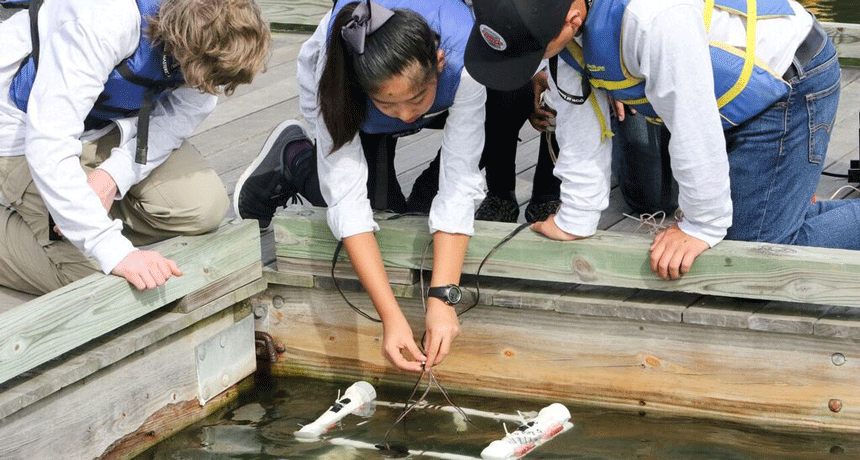 Tech
TechYoung challengers take a deep dive into engineering
Thirty teens worked in teams to design, build and test remotely-operated vehicles. Their mission: to grab river sediment — and perhaps a shot at winning a major national competition.
-
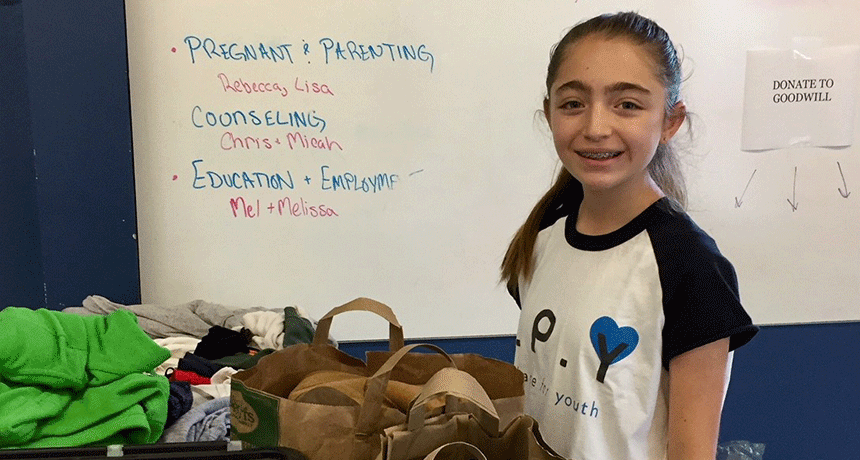 Health & Medicine
Health & MedicineStudent invents 3-in-1 hygiene powder
A teen who volunteers at a homeless center has developed a powdery product that can serve as dry shampoo, body powder and toothpaste.
-
 Tech
TechTeen identifies way to detect failing underground pipes
A teen researcher uses acoustics — here, pipe vibrations — to test whether buried water pipes are about to fail, and leak.
-
 Earth
EarthMiddle-school scientists take home big prizes
Top finalists in the 2017 Broadcom MASTERS competition shared awards worth $100,000.
-
 Materials Science
Materials ScienceBlue light flexes its chem-building muscle
Scientists found a new way to build a strong but bendable blend of polymers. The trick? Expose the ingredients to a beam of blue light.
-
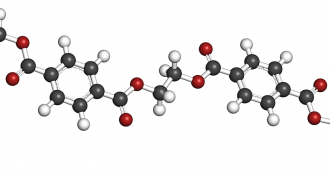 Chemistry
ChemistryExplainer: What are polymers?
Polymers, whether natural or artificial, are big molecules made by linking up smaller repeating chemical units. The most common “backbones” for polymers are chains of carbon or silicon, each of which can bond to four other atoms.
-
 Fossils
FossilsT. rex may not have been able to run — but it was still pretty fast
T. rex was fearsome, but its leg bones may not have been strong enough to stand the stresses of running.
-
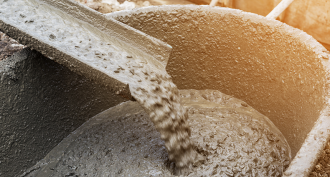 Environment
EnvironmentCan concrete conquer air pollution?
Powdered concrete could remove the sulfur dioxide and other pollutants that are spewed into the air when electric-power plants burn fossil fuels, a lab study suggests.
-
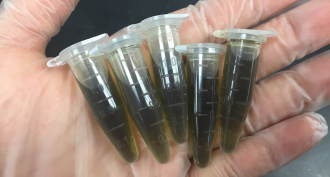 Microbes
MicrobesPlant extract mutes germs to fight infections
A plant extract prevents the aggressive behavior seen in some germs. Using it could fight the development of most bladder infections, a teen’s research suggests.
-
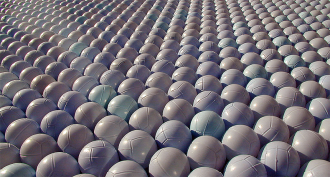 Tech
TechMaybe ‘shade balls’ should not be balls
So-called shade balls have a range of uses in water reservoirs, from cutting evaporation to reducing the growth of algae. But the best performers might not actually be balls, a Florida teen now shows.